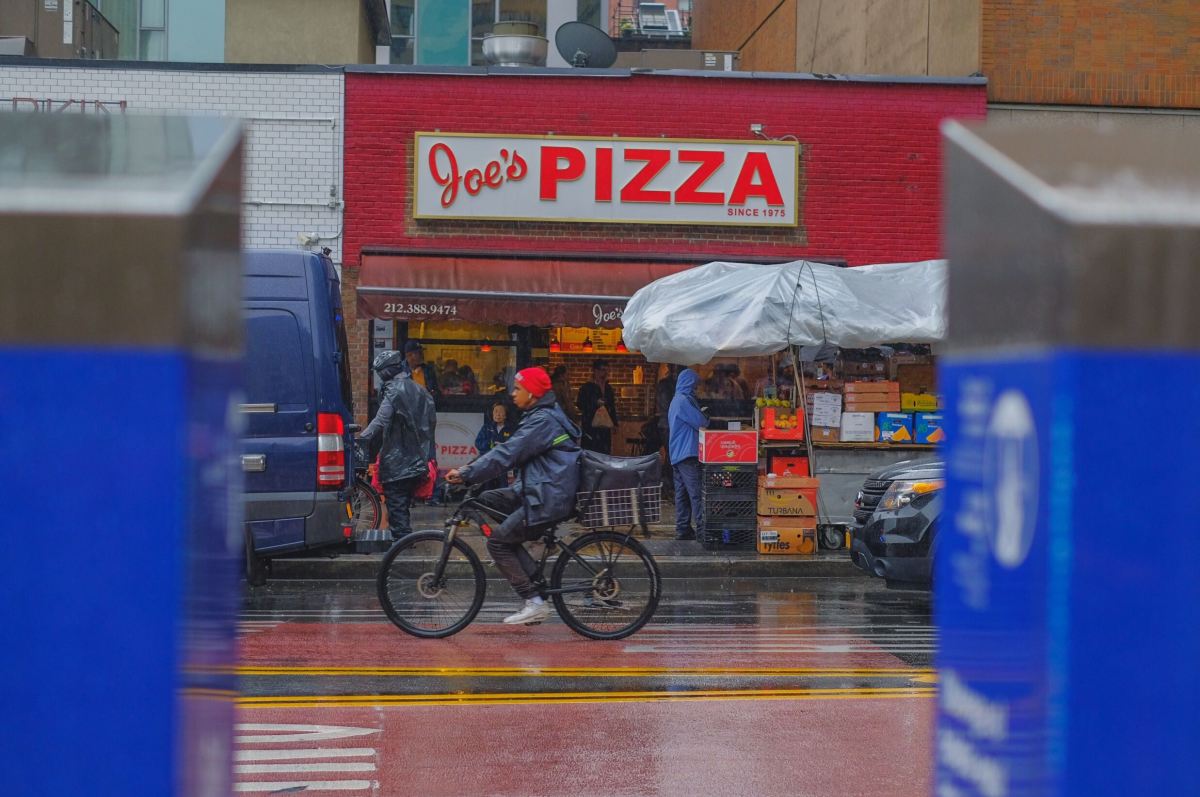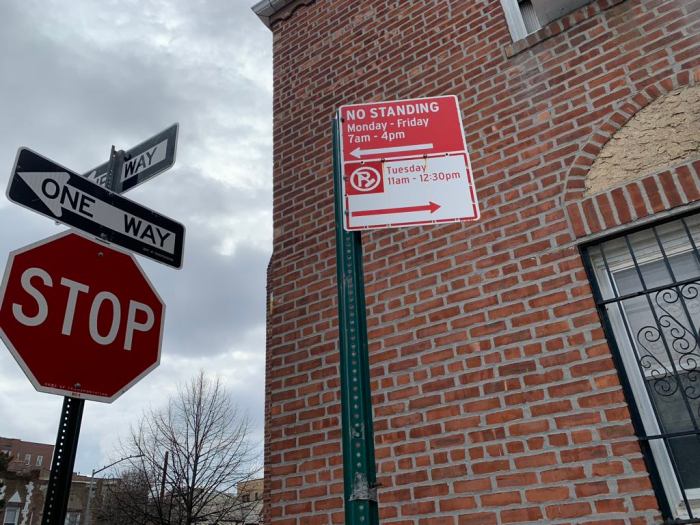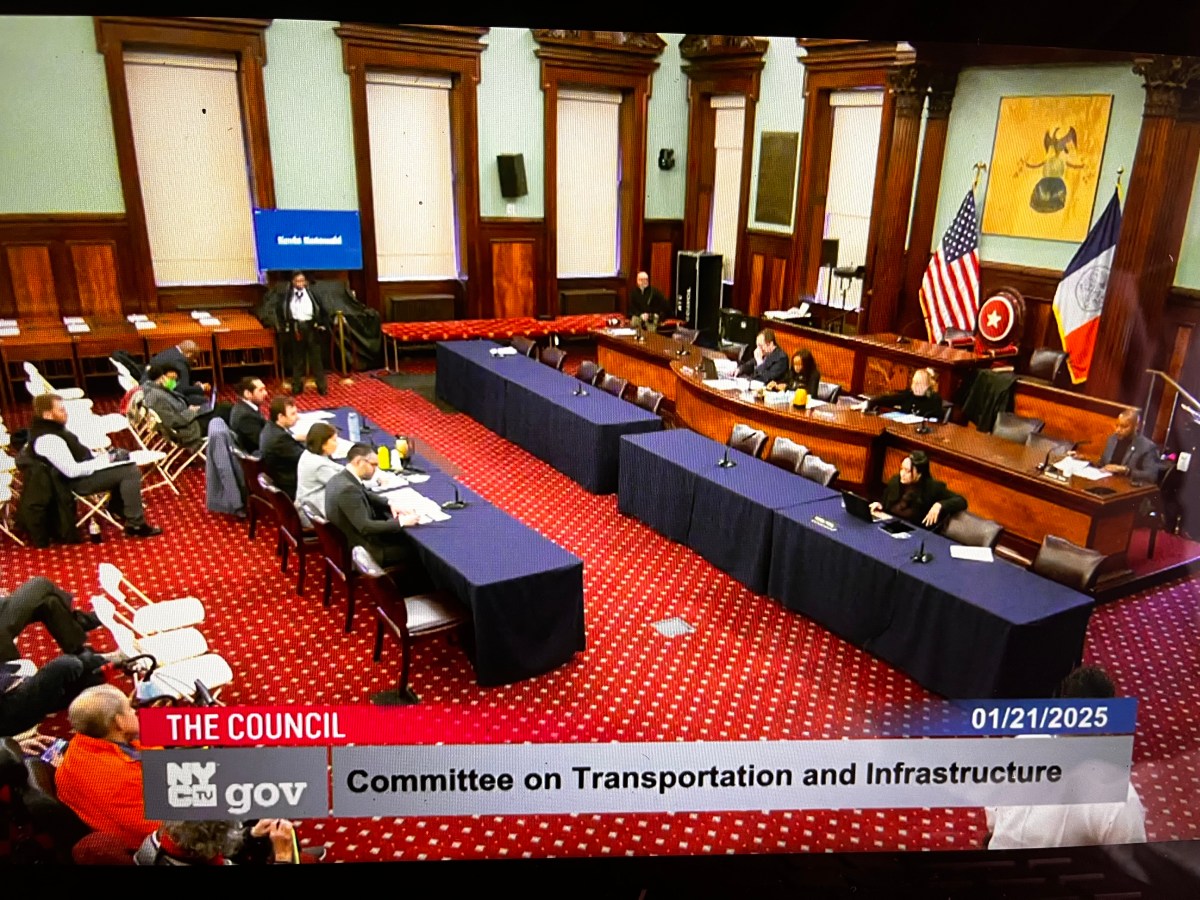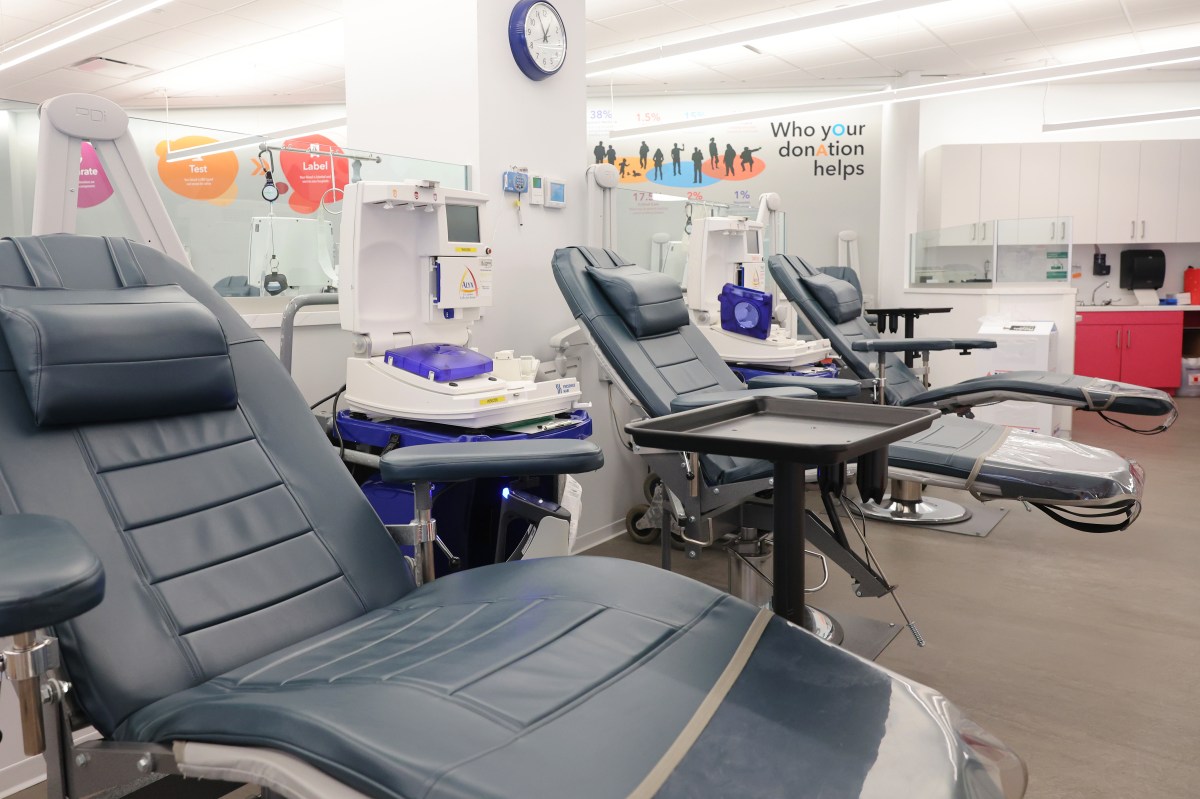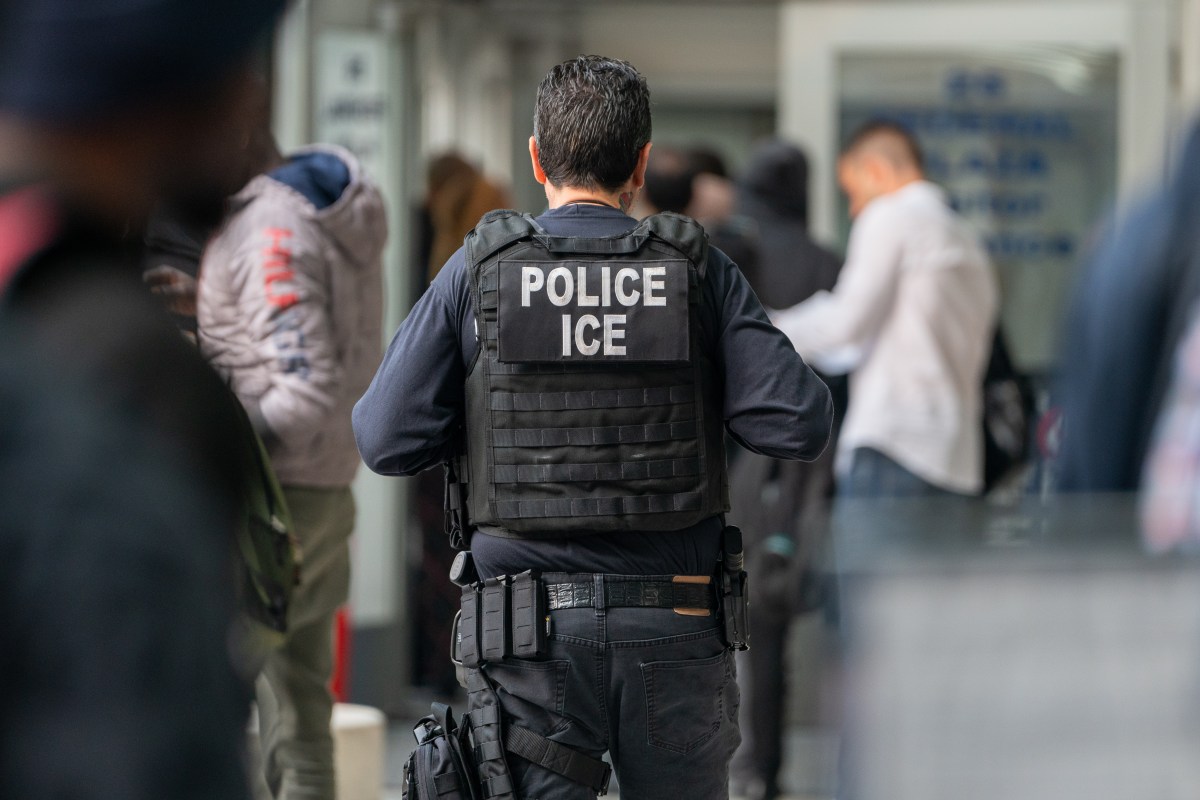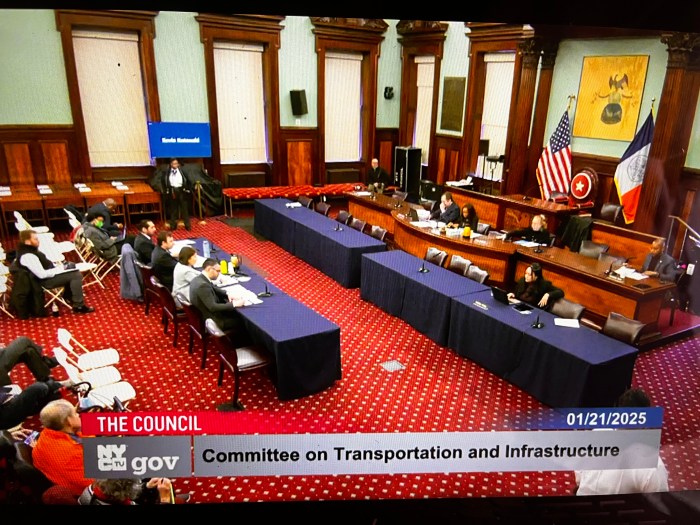The city Department of Transportation boasted that it’s ahead of schedule in its “Green Wave” plan announced last year, which expands the protected bike lane networks in Brooklyn and Manhattan.
In a progress report set for release tomorrow morning, Feb. 19, the agency detailed not only goals they met for 2019 but benchmarks for 2020 they’re already on track to meet just two months into the year.
When released, the Green Wave plan expands previously-made Vision Zero improvements at an unprecedented rate, setting the goal for over 20 miles of new protected bike lanes in the remainder of 2019 and at least 30 miles every year after that.
The protected bike lane network expanded by over 21 miles in 2019, and the DOT indicated they already have 10 new miles approved and ready for installation.
Ed Pincar, the DOT’s Manhattan borough commissioner, said the installments have moved through the community board approval process rather swiftly, whereas the process is usually gummed up elsewhere across the city.
Pincar noted bike lanes are in-demand in the inner borough, and community boards often make the initial request for installments.
“We’re focusing on extending the existing bicycle lane network as well as filling those areas where we don’t have some, so particularly in Midtown we’re thinking about our next pair of crosstown lanes,” Pincar said. This would would follow the success of crosstown bike lanes along 26th and 29th Streets.
DOT is currently looking at the area surrounding Times Square for the next crosstown routes.
“I can only speak for the Manhattan experience, but we find the community engagement process – hearing from not only community boards, but resident, businesses, business improvement districts – they really help us design better projects,” Pincar said.
DOT also planned to take a page from other cities in improving intersections — 50 of which have been targeted as some of the most dangerous in the five boroughs. The agency plans to make improvements to many of these locations by the end of 2020.
In terms of stepping up enforcement at locations which a history of disaster, DOT claimed it has worked with NYPD to curb some of the most dangerous behavior — such as speeding, failing to yield, blocking bike lanes and oversized trucks off route.
Twenty-nine cyclists killed in the city in 2019 – the highest number in 20 years. The majority of the victims were killed in Brooklyn and involved large trucks.
Despite these tragedies, Pincar called 2019 a “banner year” when it comes to the pace at which improvements advanced on Manhattan streets.
According to the DOT, the agency also worked with NYPD to end the practice of ticketing cyclists near sites of crashes.
In Brooklyn, the DOT plans on expanding protected bike lanes by 10 miles on 4th Avenue, Meeker Avenue, Flatbush Avenue and Franklin Street. Manhattan roadways such as 2nd Avenue, Lower Broadway, Central Park West and St. Nicholas Avenue will also see 10 miles of improvements in 2020.
Some new and ongoing planning projects listed in the report were the Eastern Queens Greenway, Astoria Network Development, Bay Ridge Network Expansion and the Flushing Network Expansion, but there was no mention of a timeline for completion.
Planning for additional miles of protected bike lanes in Queens will soon go before the Community Boards 3 and 4, while Brooklyn Community Boards 12, 14 and 17 will also be briefed on changes in 2020.
One item not on the report is the completion of the Queens Boulevard bike lane. Much to the chagrin of bike advocates, that project’s fate remains in limbo after the DOT ended redesigns efforts east of MacDonald Park in Forest Hills.



